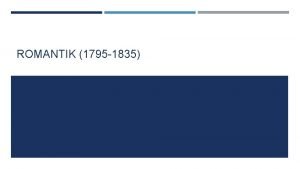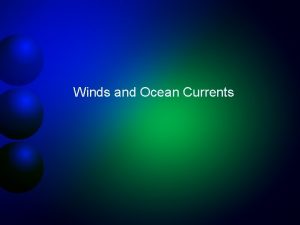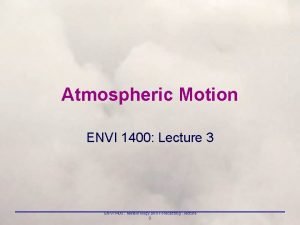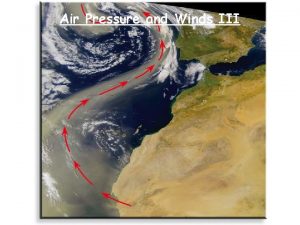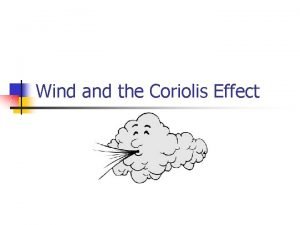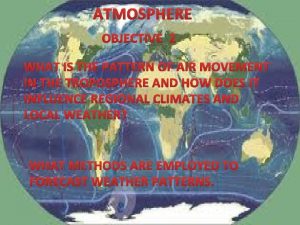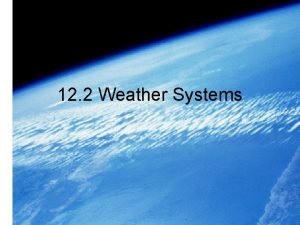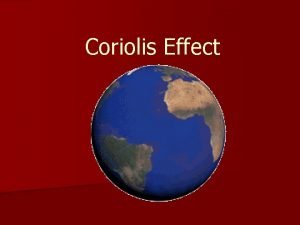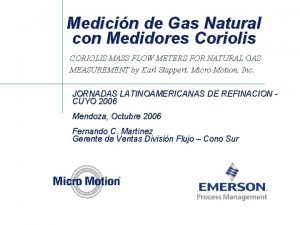Lecture 7 The Coriolis Force GustaveGaspard Coriolis 1835







- Slides: 7

Lecture 7 The Coriolis Force Gustave-Gaspard Coriolis - 1835.

The Coriolis Force • Coriolis force, in classical mechanics, an inertial force described by the 19 th-century French engineer-mathematician Gustave. Gaspard Coriolis in 1835. • The Coriolis force (or Coriolis effect, CF), is a product of the rotation of the Earth. • Newton's First Law state's that "Every body exists in its state of rest or of uniform motion in a straight line unless it is compelled to change that state by forces impressed upon it. " • Therefore, any moving object, which is not attached to the Earth, should move in a straight line. • As the Earth rotates that straight-line motion will change how something appears to move to someone who is rotating with the Earth.

As we see in the video • The victorial formula of Coriolis force is: �� ������� =− 2Ω�×�� �--------(8. 1) • In N. H. , Ω�is counterclockwise, the Coriolis force acts to the right of the velocity vector.

• The earth is rotating with a angular speed of, Ω = 2π/24 hrs = 7. 292 × 10− 5 s− 1. For an observer on the rotating sphere an object moving on a straight line appears to be moving in circles. • In turn, this means that any object (parcel) moving in a straight line on the earth will feel a force deflecting it into a curve movement. • We can start with calculating the acceleration a parcel will feel due to the rotation, see sketch 8. 1: • The angle, θ, and distance , AB that is moves in time, t, due to the rotation by an is angular speed of, Ω is: θ = Ωt r = vt AB = rθ = Ωvt 2 = ½ at 2 ⇒ a = 2Ωv (8. 2) (8. 3) (8. 4) (8. 5) Figure 8. 1: Sketch for understanding the Coriolis acceleration on a rotating plane: Parcel moving from A to B.


We see here that there is a component of the Coriolis acceleration in the vertical direction, but this is so small compared to the gravitational acceleration and the vertical pressure gradient that we can neglect it (hydrostatic approximation). So we only need to consider the horizontal terms that are a function of f = 2Ωsinφ This gets us to the somewhat simpler equations for the horizontal momentum tendencies: Coriolis acceleration gravitational acceleration vertical pressure gradient The f factor of the Coriolis force is a function of latitude, φ, see Fig. 8. 2 Figure 3. 3: Coriolis parameter: left: . Right: Schematic representation of inertial circles of air masses in the absence of other forces, calculated for a wind speed of approximately 50 to 70 m/s

